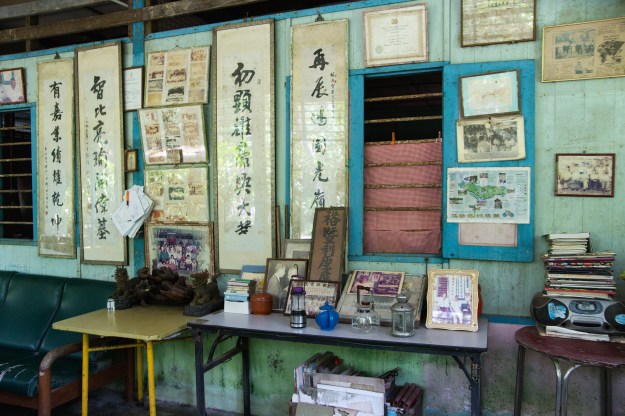A 10-minute bumboat ride away from the mainland, Pulau Ubin is one of the few remaining rural areas in Singapore. A visit to the 2,500-acre island takes you back in time to the 1960s, when people lived in wooden houses and chickens roamed the streets.
One of the main draws of the island is Chek Jawa, nearly 250 acres of wetlands that are home to several ecosystems. These rich marine habitats were nearly destroyed when the area was slated to be filled with earth to expand the coastline. But thanks to the unrelenting lobbying efforts of local biologists, conservationists, and the public, in 1992 the government made a surprising change in its plans and decided to preserve Chek Jawa. Today visitors can take a nice long walk on the boardwalk around the wetlands, best done during low tide.


Perhaps the most impressive sight on the island is the five abandoned granite quarries filled with turquoise water, which have become habitats for wildlife. Granite mining on the island started as early as 1850 and gave the island its name: Pulau Ubin literally means “granite island” in Malay. In its heyday there were more than 10 quarries in operation–a mining boom that attracted people to the island. Between the 1950s and the early 1970s, the population surged to about 2,000 people.
At the time people on Pulau Ubin also cultivated rubber, coffee, nutmeg, durian, and coconut. Some of the residents also fished for a living, both in the open sea as well as in established fish farms. It was a thriving community of island dwellers. When the quarries started closing down in the 1970s, people gradually left. Today less than 30 residents remain on the island. They run businesses that cater largely to visitors: restaurants, bicycle-rental shops, and provision shops. Most of them hope to stay on the island for as long as they can. As Liang Ji Chen, a resident of 88 years, put it: “No amount of money can buy the air that we have on the island.”







